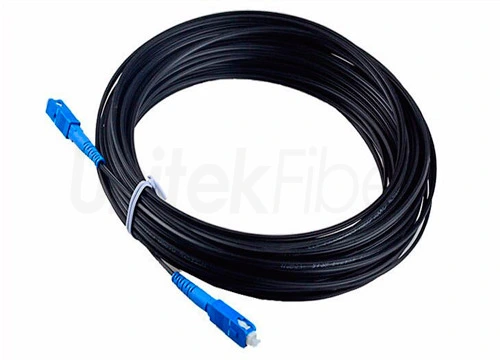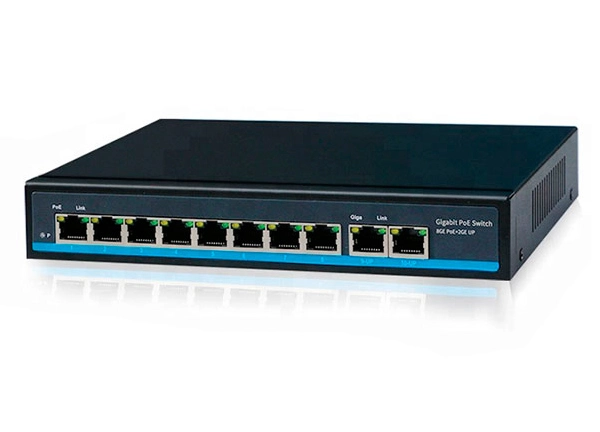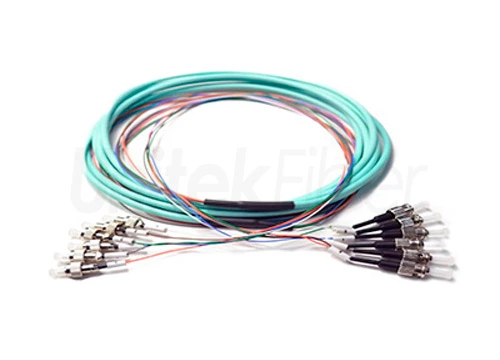
(1) Aerial fiber cable should adopt steel strand support type in preference. The structure is erected by suspension or bundling (winding) of poles and routes.
(2) Aerial fiber cable should have the corresponding mechanical properties, such as shock resistance, wind resistance, snow, low temperature and other meteorological loads generated tension, and have moisture-proof, waterproof performance. Generally, according to the nature of the line, the environment and local conditions, whether using the filling paste optical cable or not can be decided, but there should be a moisture-proof layer (aluminum foil layer).
(3) The distance between poles of aerial lines is 35-40 meters in urban area and 40-50 meters in suburban area. The distance between poles of overhead lines varies with different weather load zones. The shortest distance is 25m and the longest distance is 67m. The division of load zones in China is based on wind, ice and temperature.
(4) The aerial fiber cable lines should make full use of the existing overhead pole road and hang optical cable. Its pole road strength and other requirements should meet the building standards of overhead communication lines.
(5) Galvanized steel strand with specification of 7/2.2mm should be used for suspension of aerial fiber cable. The safety factor of the suspension line shall not be less than 3 (S > 3). When the weight of optical cable exceeds 1.5 kg/m, the distance between poles can be reduced or 7/2.6 mm strands can be used in heavy load area when the overhead laying mode is needed for long distance primary trunk lines.
(6) The aerial fiber cable should be selected to meet the requirements of temperature characteristics according to the use environment. - aerial laying should not be used in areas below 30℃.



